Weaving ‘Tati’ as a musical, visual treat
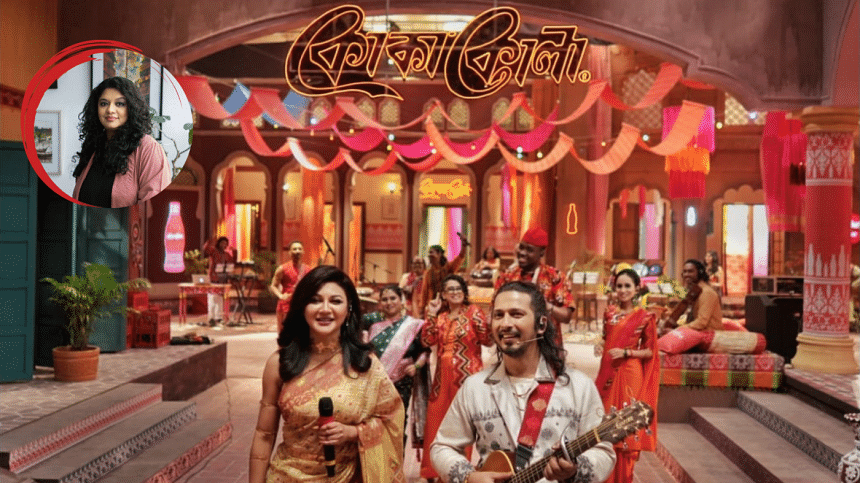
It has been a couple of weeks at least since the Bangla New Year celebrations, which we lovingly refer to as Noboborsho. However, Coke Studio Bangla's "Tati" is still dominating playlists. 'Taanti', or in this case "Tati", refers to the craftsperson or the creator of fabrics, who works with the material called taant – depicting motifs, colourful borders, and softness to touch. Especially in this heat, a taant saree or a fatua is always a welcome addition to an average Bangladeshi wardrobe, allowing one to breathe easy and at the same time, look trendy.
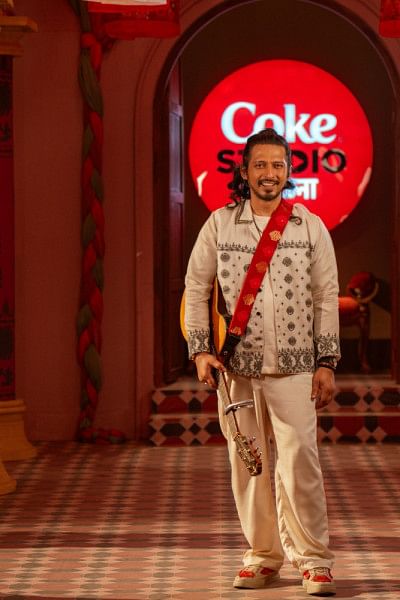
The song "Tati", the first release of Coke Studio Season 3, features Shayan Chowdhury Arnob, who is also the curator for the entire season. The song additionally features various artistes and vocalists, namely Md Gonjer Ali, Oli Boy, Md Ariful Haque, Jannatul Ferdous Akbar, Sheikh Mumtahina Mehzabin, Baby Akter, Karishma Sanu Shovvota, Shanta Islam, Nishat Ara Khaled, MD Makhon Miah and National Film Award-winning actress, Jaya Ahsan.

Listeners, critics, and music lovers over the past two weeks have used a variety of jargon and words to describe this beautiful harmony of the craftsmanship and the contemporary musical storytelling – fusion music, a music video, a platform promoting deshi saree and of course an amalgamation of the ancient with the new – they are all true! To add to it all, one may also describe the video story as a peek into the journey of the taanti and their effort to transform lives and cultures, just with a bit of thread.
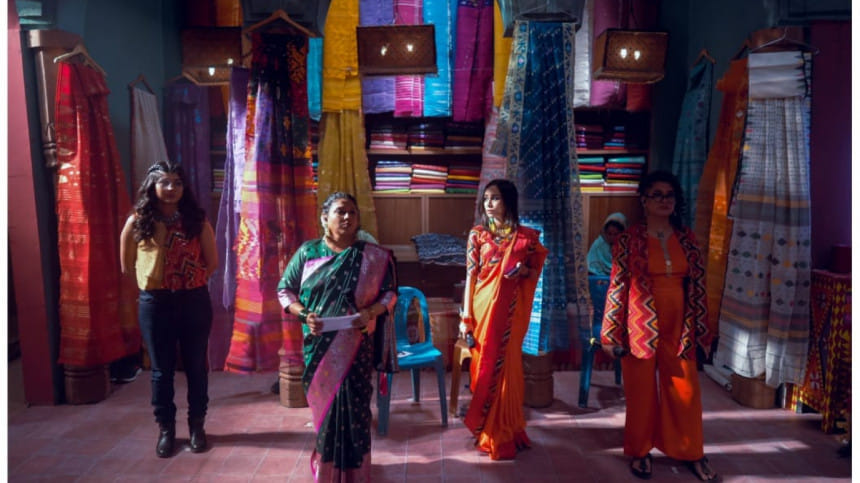
Marketing Director Abeer Rajbeen of Coca-Cola Bangladesh Ltd, says that it is the combination of one's love for saree and the passion that one shares for music on a national level that would probably describe the first drop of this season. "Our music is so rich — every action of our lives can be found in musical verses," she says. "We have been learning this since Season 1 of Coke Studio Bangla. Even then, when Arnob first spoke about jamdani verses, it blew our minds while at the same time, some voice inside said- OF COURSE! The love with which we have looked at our saree for hundreds of years would naturally give birth to beautiful music. Wouldn't it?"
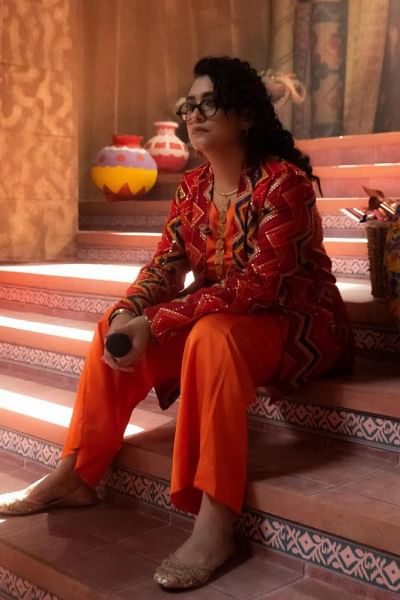
Supported by a talented sound squad and creative agency Dotbirth Limited, the production of Coke Studio Bangla Season 3 promises to showcase the 'RealMagic' of Bangla heritage through a captivating blend of music and storytelling.

Shayan Chowdhury Arnob, for the third season, has also been involved in doing research for each of the songs, in terms of background, history, and culture. "While discussing with a friend about music and art, I found out about bulis (verses), poetry, and songs created by taantis while making jamdani," he says. In fact, it was his mother who found a book on bulis from which he learned a whole lot more. "The words just took me to another world: a taanti weaving a life around their threads and colors."
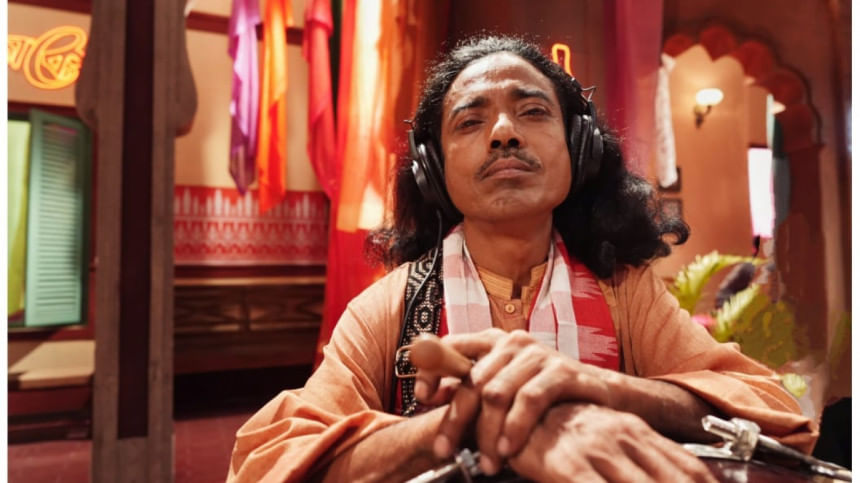
An element that drives the "Tati" groove home from the very beginning of the song, would undoubtedly be the fantastic bassline, delivered by soulful musician Buno. "That groove was made by Arnob. I just played it," says the ever-so-humble Buno.
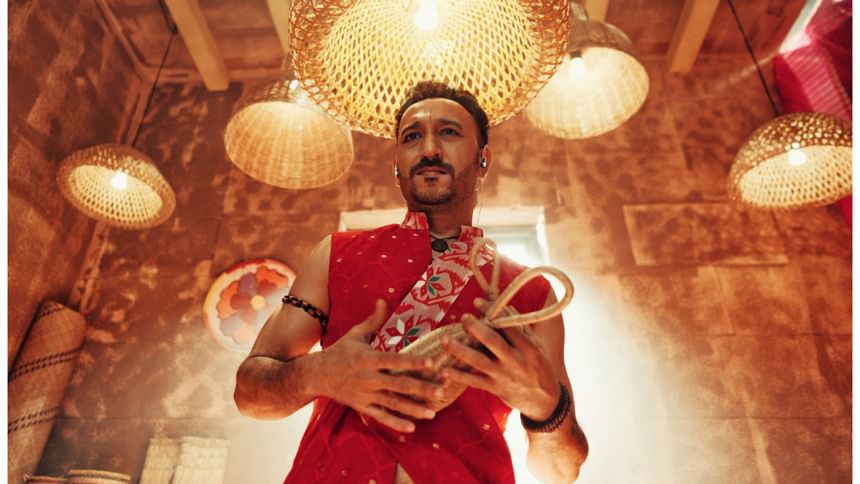
Faizan Ahmed, popularly known as Buno, is a well-known bassist and music producer, who had come to the limelight a couple of decades ago with his folk-rock band Bangla. In "Tati", Buno's bass playing brings back the nostalgic flavour of the early 2000s. Also, in charge of the sound department for "Tati", and every other episode to be featured on Coke Studio Bangla Season 3, Buno and his team of sound engineers worked hard to design, implement, and finally present the final blueprint – both offline and digital.
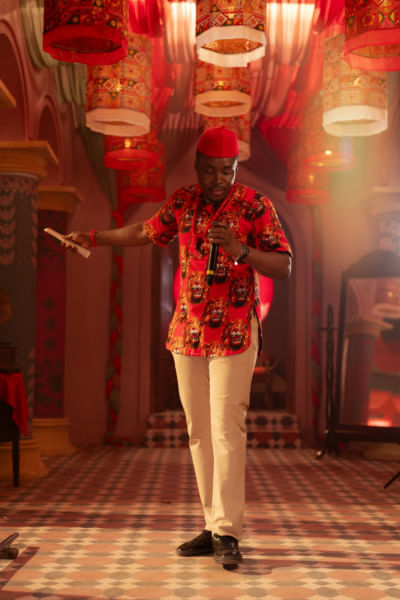
This season, according to Buno, is different primarily because of the visuals and presentation. "There is more 'pumping' sound-wise," he says, using his own words! "Audio-wise, everything will sound 'wider'."
"Tati", says Buno, was shot more like a music video, which was very different from the past seasons. According to Buno, one of the challenges was to record the audio while the cameras were shooting. "And a lot of people were moving around!" he adds. "Every season has its challenges. We record everything live from the shoot and then take the tracks to the studio to work on them – edit, mix, etc."

Ideally, a song is described as a success if it is on everyone's lips or if one suddenly ends up humming the tune at the oddest of spaces and unique moments! "Tati", however, is also referred to as a visual delight, since the entire experience is that of a celebration. The music video, made by Adnan Al Rajeev from Runout, was a fresh addition to the existing list of live recordings and shoots that will follow in the coming episodes of the season.
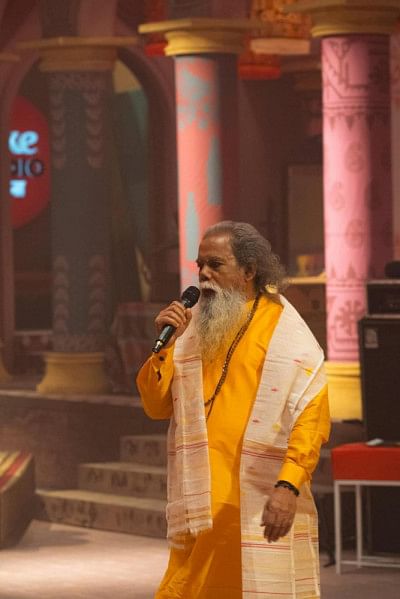
According to Adnan, the song had come along with a treatment note from DotBirth, where they wanted to showcase the journey of the taant and the taanti. "We all got together and figured out a way to bring to life this journey on set with the help of our art director Shahidul Islam," says Adnan. "Along with the craftspeople, we created a bazaar where the taant saree and fabric are sent to after production, in their respective machines."
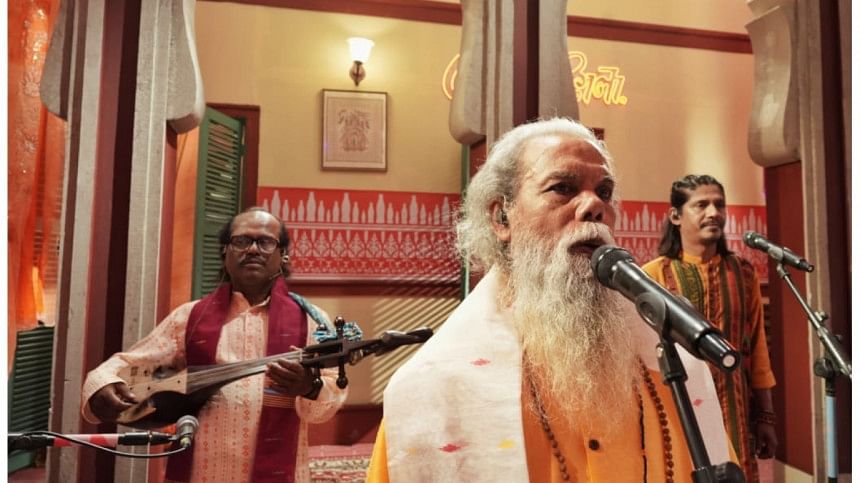
Visually, "Tati" can be described as a riveting account of the lives of these fabulous creators of the fascinating fabric. Taant, the material that has become an identity of Bangladesh, has been presented in all its beauty in the form of colours, design, and of course our very own jamdani. The jamdani was undoubtedly the focus of this video — an identity or marker paramount to Bangladesh.
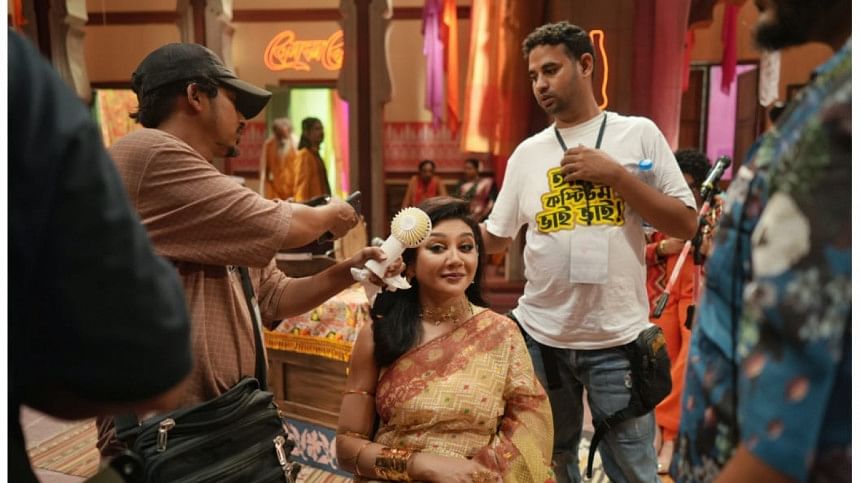
Adnan also mentions how Aniqa Zaheen, the costume designer for "Tati", was also roped in to create apparel of the characters within the video, blending smoothly with the surroundings. According to Aniqa, the idea behind the costumes was based on the taant industry, and the colorful palette of Bangladesh. "We wanted to celebrate the song with different types of handloom fabrics like jamdani, muslin, and Manipuri taant, amongst others," she says. "In terms of choosing patterns for musicians, we also wanted to design according to their comfort and style," adds Aniqa. "Keeping in mind the production design, we chose the fabric colour for each musician to complement the visual presentation."
"Tati" is more than a song about threads and fabric; it is the idea of how folk art, music, and the ancient structure of business and creation come together and build the desh (country) that we know of. The beauty lies in the fact that these structures still exist and interestingly enough, are an everyday part of us. If it takes a song and a visual thrill to remind us of the assets and blessings that are ours, so be it!
The author is a singer and a journalist.

 For all latest news, follow The Daily Star's Google News channel.
For all latest news, follow The Daily Star's Google News channel. 








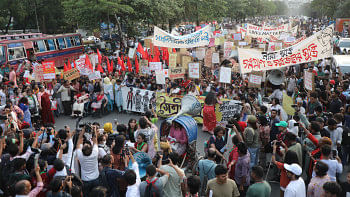
Comments